Nationality Italian | Role Biologist Name Lazzaro Spallanzani | |
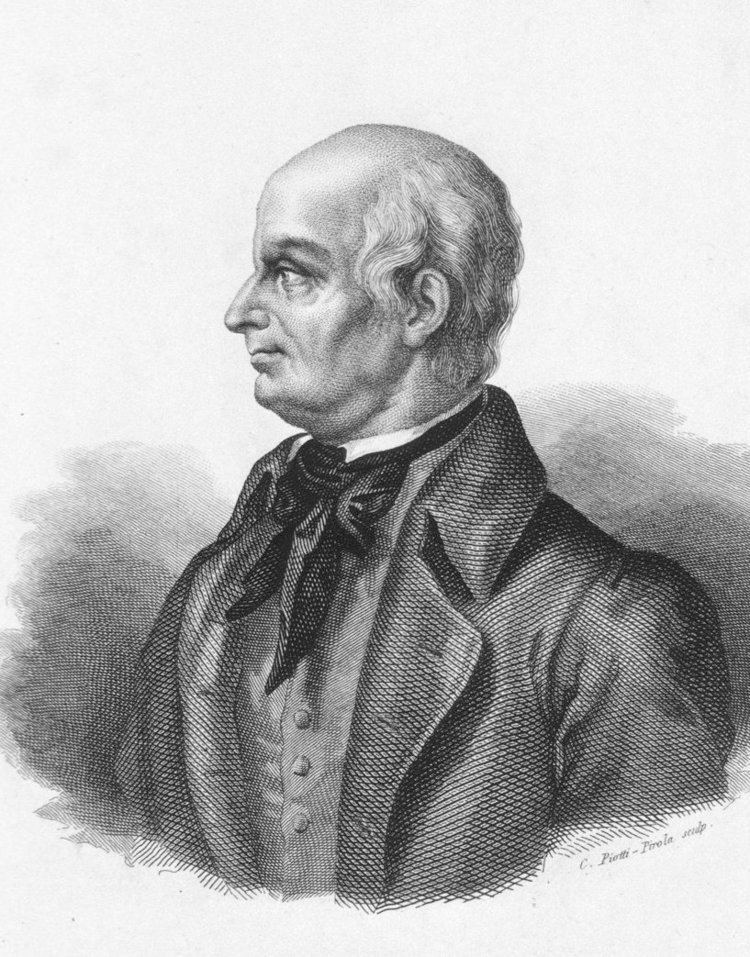 | ||
Born 10 January 1729Scandiano ( 1729-01-10 ) Known for Interpreting digestion, saying that it is a process of chemical solution, and helping disprove the concept of spontaneous generation. Parents Lucia Zigliani, Gianniccolo Spallanzani Similar People Francesco Redi, John Needham, Louis Pasteur, Antonie van Leeuwenhoek, E T A Hoffmann | ||
Lazzaro spallanzani
Lazzaro Spallanzan ([ˈladdzaro spallanˈtsaːni]; 10 January 1729 – 12 February 1799) was an Italian Catholic priest, biologist and physiologist who made important contributions to the experimental study of bodily functions, animal reproduction, and animal echolocation. His research of biogenesis paved the way for the downfall of preformationism theory (the idea that organisms develop from miniature versions of themselves), though the final death blow to preformationism was dealt by Pasteur.
Contents
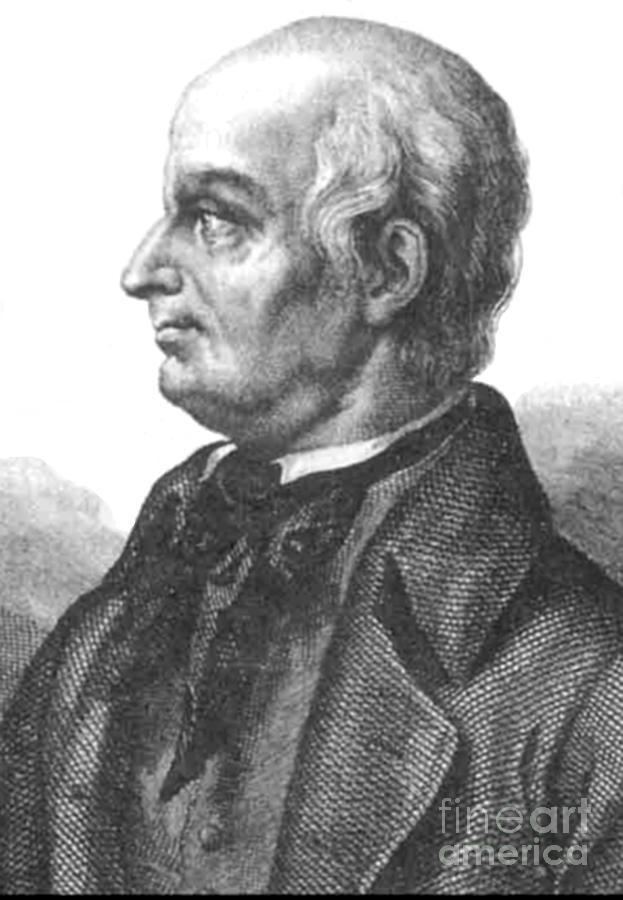
Lazzaro spallanzani
Career
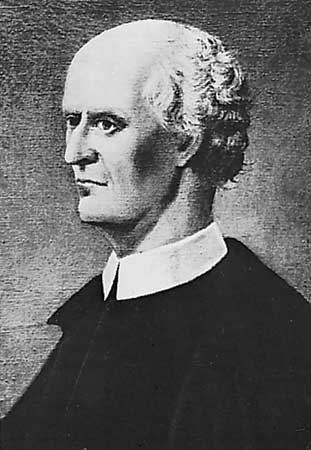
Spallanzani was born in Scandiano in the modern province of Reggio Emilia and died in Pavia, Italy. He was educated at the Jesuit College and started to study law at the University of Bologna, which he gave up soon and turned to science. Here, his famous kinswoman, Laura Bassi, was professor of physics and it is to her influence that his scientific impulse has been usually attributed. With her he studied natural philosophy and mathematics, and gave also great attention to languages, both ancient and modern, but soon abandoned them.
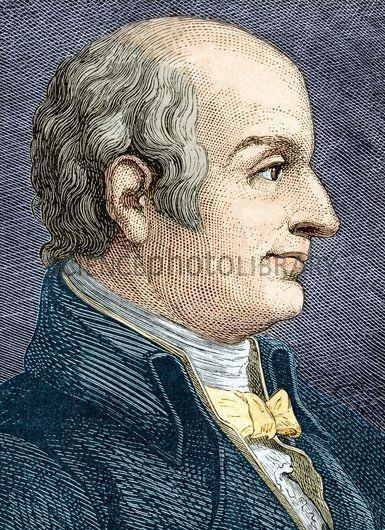
In 1754, at the age of 25 he became professor of logic, metaphysics and Greek in the University of Reggio. In 1762 he was ordained as a priest, 1763 he was moved to Modena, where he continued to teach with great assiduity and success, but devoted his whole leisure to natural science. He declined many offers from other Italian universities and from St Petersburg until 1768, when he accepted the invitation of Maria Theresa to the chair of natural history in the University of Pavia, which was then being reorganized. He also became director of the museum, which he greatly enriched by the collections of his many journeys along the shores of the Mediterranean Sea. In June 1768 Spallanzani was elected a Fellow of the Royal Society and in 1775 was elected a foreign member of the Royal Swedish Academy of Sciences.
In 1785 he was invited to Padua University, but to retain his services his sovereign doubled his salary and allowed him leave of absence for a visit to Turkey where he remained nearly a year and made many observations, among which may be noted those of a copper mine in Chalki and of an iron mine at Principi. His return home was almost a triumphal progress: at Vienna he was cordially received by Joseph II and on reaching Pavia he was met with acclamations outside the city gates by the students of the university. During the following year his students exceeded five hundred. While he was travelling in the Balkans and to Constantinople, His integrity in the management of the museum was called in question (he was accused of the theft of specimens from the University's collection to add to his own cabinet of curiosities), with letters written across Europe to damage Spallanzani's reputation. A judicial investigation speedily cleared his honour to the satisfaction of some of his accusers. But Spallanzani got his revenge on his principal accuser, a jealous colleague, by planting a fake specimen of a composite "species". When his colleague published the remarkable specimen Spallanzani revealed the joke, resulting in wide ridicule and humiliation.
In 1788 he visited Vesuvius and the volcanoes of the Lipari Islands and Sicily, and embodied the results of his researches in a large work (Viaggi alle due Sicilie ed in alcune parti dell'Appennino), published four years later.
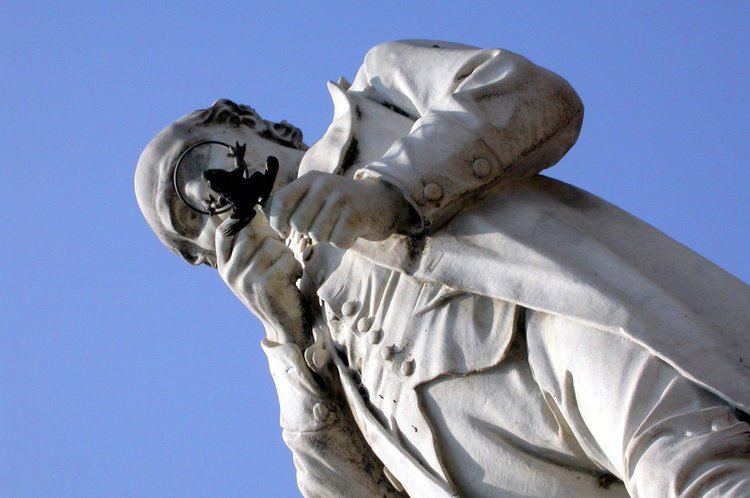
He died from bladder cancer on 12 February 1799, in Pavia. After his death, his bladder was removed for study by his colleagues, after which it was placed on public display in a museum in Pavia, where it remains to this day.
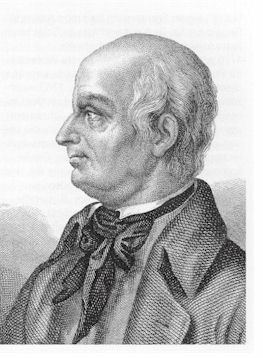
His indefatigable exertions as a traveller, his skill and good fortune as a collector, his brilliance as a teacher and expositor, and his keenness as a controversialist no doubt aid largely in accounting for Spallanzani's exceptional fame among his contemporaries; his letters account for his close relationships with many famed scholars and philosophers, like Buffon, Lavoisier, and Voltaire. Yet greater qualities were by no means lacking. His life was one of incessant eager questioning of nature on all sides, and his many and varied works all bear the stamp of a fresh and original genius, capable of stating and solving problems in all departments of science—at one time finding the true explanation of stone skipping (formerly attributed to the elasticity of water) and at another helping to lay the foundations of our modern volcanology and meteorology.
Discoveries
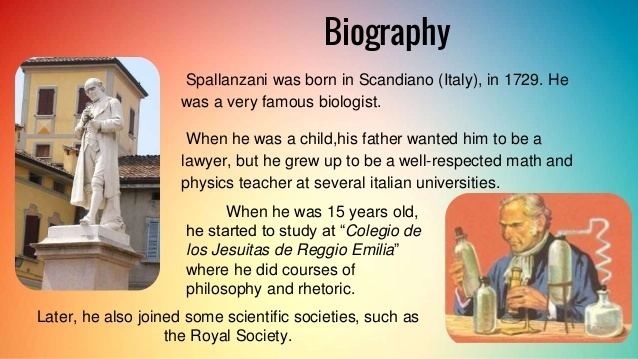
Spallanzani researched in 1768 the theory of the spontaneous generation of microbes. At the time, the microscope was already available to researchers, and using it, the proponents of the theory, Buffon and Needham, came to the conclusion that there is a life-generating force inherent to certain kinds of inorganic matter that causes living microbes to create themselves if given sufficient time. Spallanzani's experiment showed that it is not an inherent feature of matter, and that it can be destroyed by an hour of boiling. As the microbes did not re-appear as long as the material was hermetically sealed, he proposed that microbes move through the air and that they could be killed through boiling. Needham argued that experiments destroyed the "vegetative force" that was required for spontaneous generation to occur. Spallanzani paved the way for research by Louis Pasteur, who defeated the theory of spontaneous generation almost a century later.
Spallanzani discovered and described animal (mammal) reproduction, showing that it requires both semen and an ovum. He was the first to perform in vitro fertilization, with frogs, and an artificial insemination, using a dog. Spallanzani showed that some animals, especially newts, can regenerate some parts of their body if injured or surgically removed. Spallanzani is also credited with the classification of tardigrades, which are one of the most durable extremophiles still to this day. (See Binomial Nomenclature)
Spallanzani is also famous for extensive experiments on the navigation in complete darkness by bats, where he concluded that bats use sound and their ears for navigation in total darkness (see animal echolocation). He was the pioneer of the original study of echolocation, though his study was limited to what he could observe. Later scientists moved onto studies of the sensory mechanisms and processing of this information.
His great work, however is the Dissertationi di fisica animale e vegetale (2 vols, 1780). Here he first interpreted the process of digestion, which he proved to be no mere mechanical process of trituration – that is, of grinding up the food – but one of actual chemical solution, taking place primarily in the stomach, by the action of the gastric juice. He also carried out important researches on fertilization in animals (1780).
Spallanzani and the fossils
Spallanzani studied the formation and origin of marine fossils found in distant regions of the sea and over the ridge mountains in some regions of Europe, which resulted in the publication in 1755 of a small dissertation, "Dissertazione sopra i corpi marino-montani then presented at the meeting the Accademia degli Ipocondriaci di Reggio Emilia". Although aligned to one of the trends of his time, which attributed the occurrence of marine fossils on mountains to the natural movement of the sea, not the universal flood, Spallanzani developed his own hypothesis, based on the dynamics of the forces that changed the state of the Earth after God's creation.
A few years later published reports about trips he made to Portovenere, Cerigo island and Two Sicilies, addressing important issues such as the discovery of fossil shells within volcanic rocks, the human fossils, and the existence of fossils of extinct species. His concern with fossil witness how, in the style of the eighteenth century, Spallanzani integrated studies of the three kingdoms of nature.5
